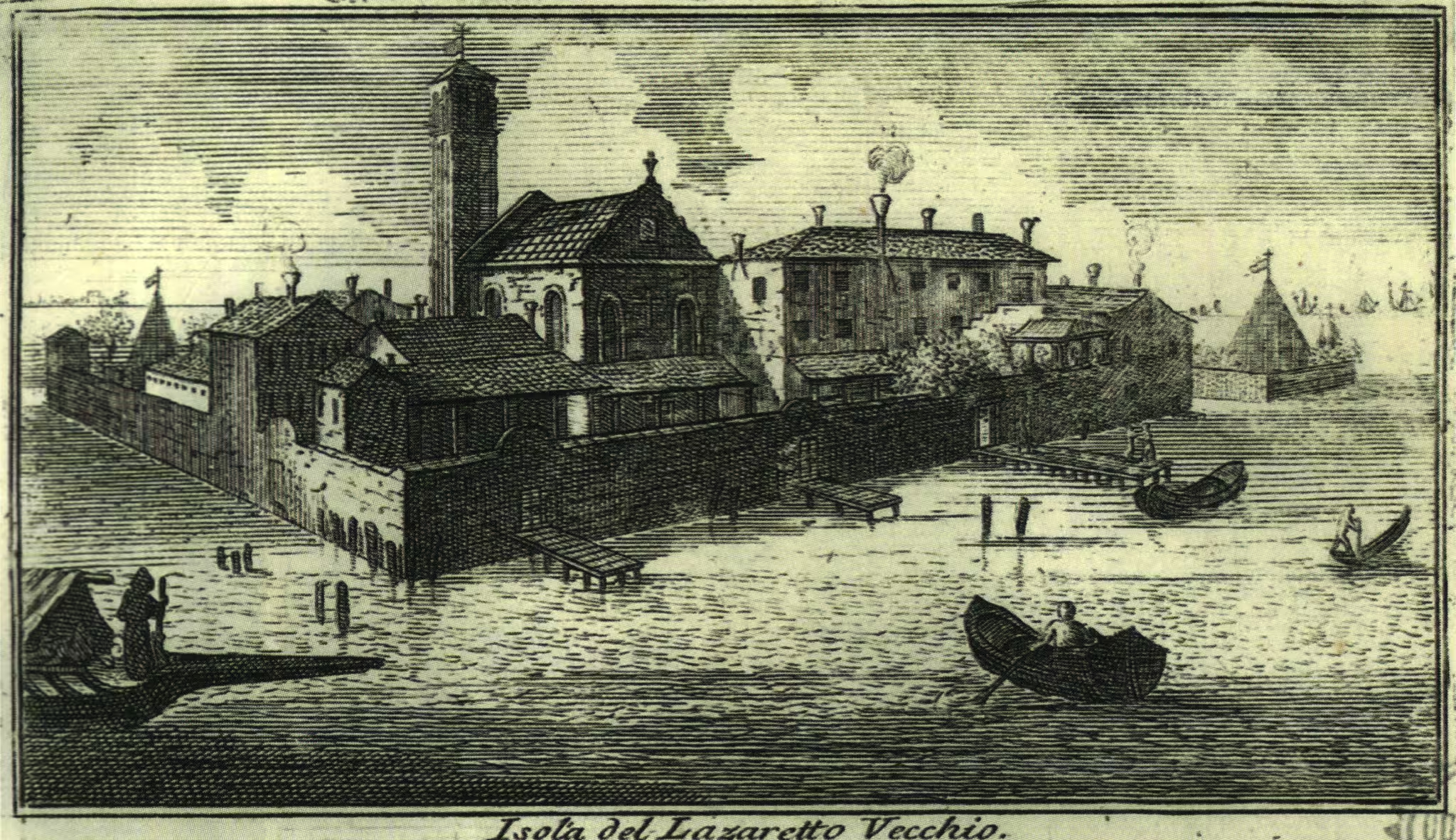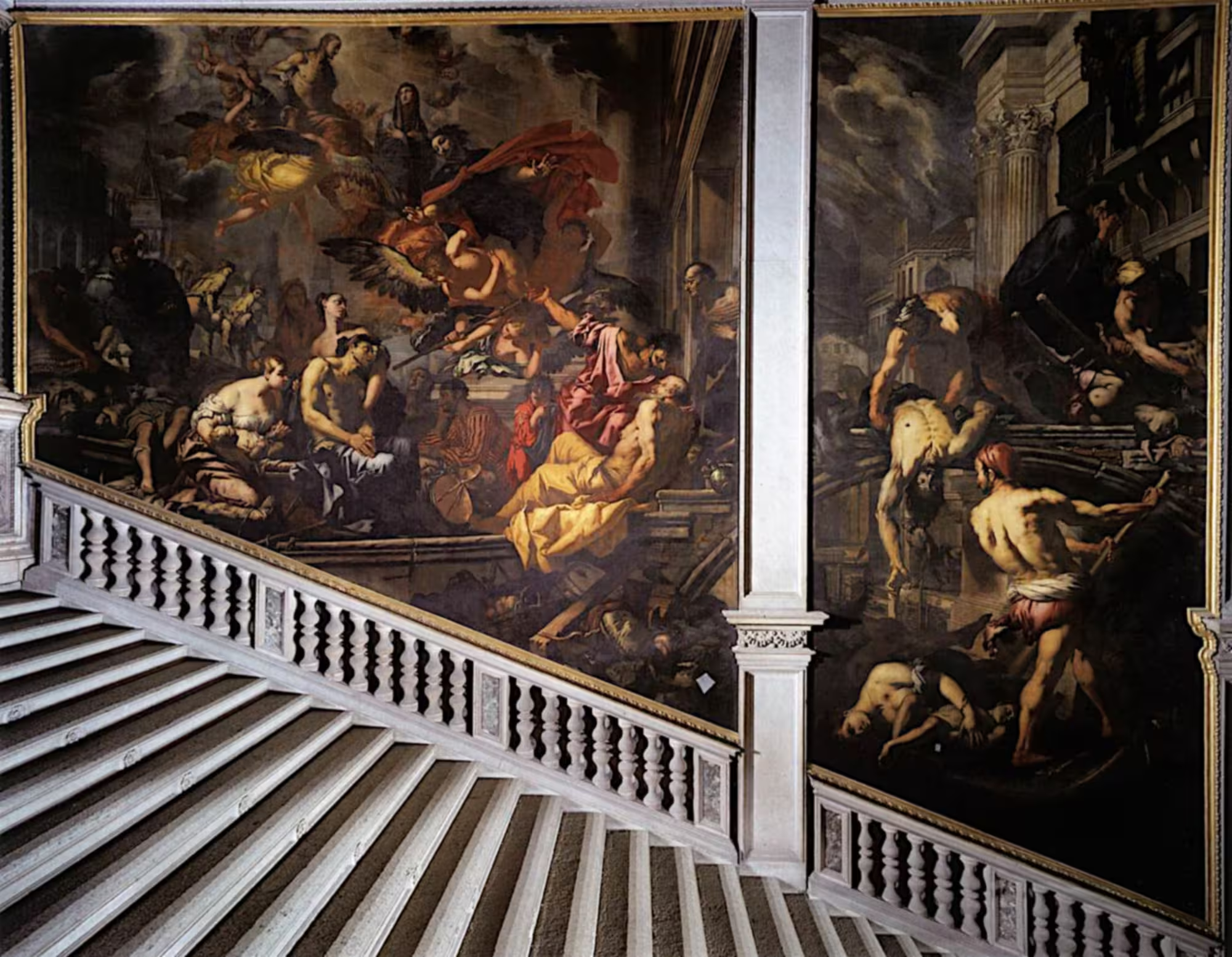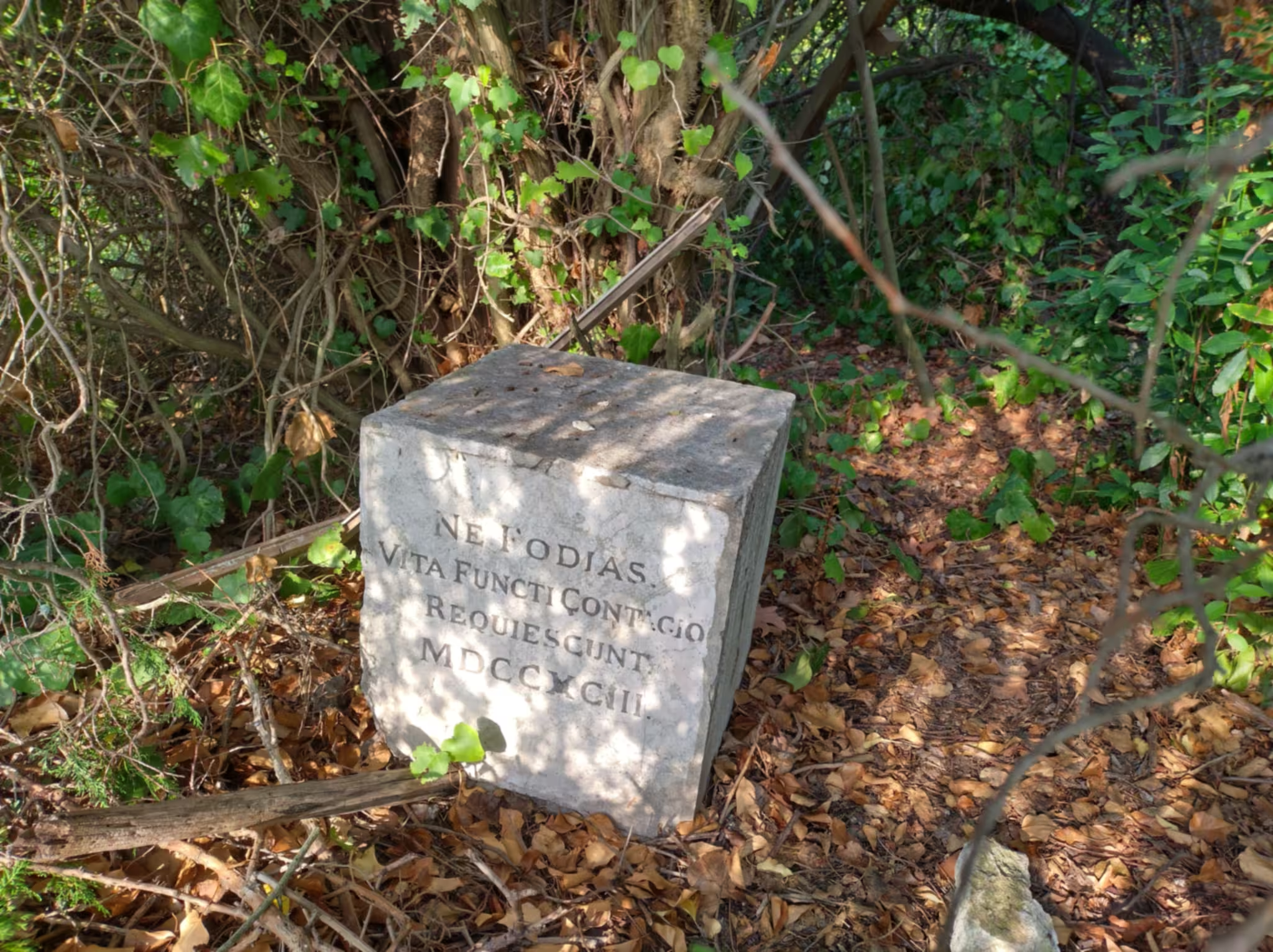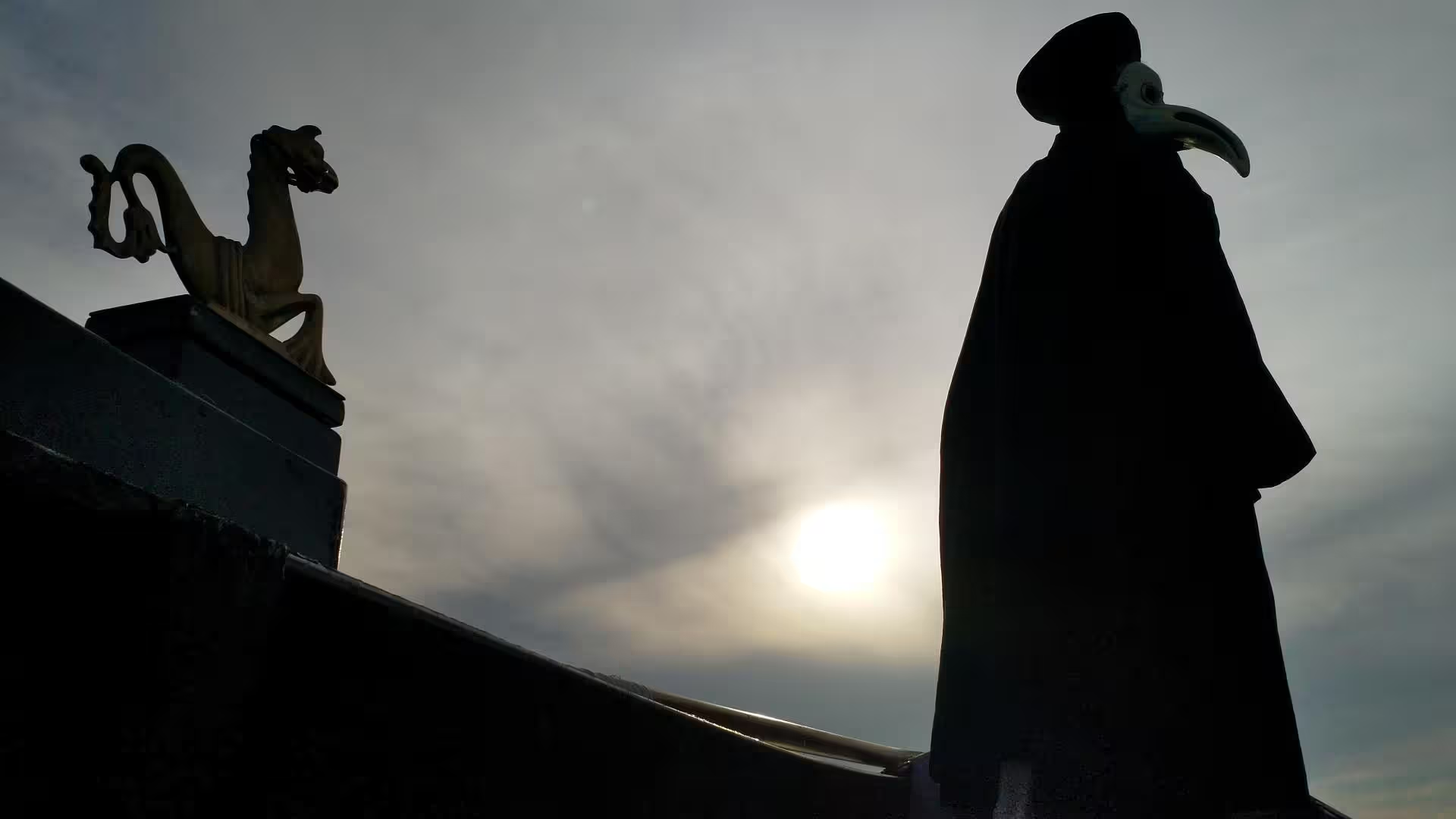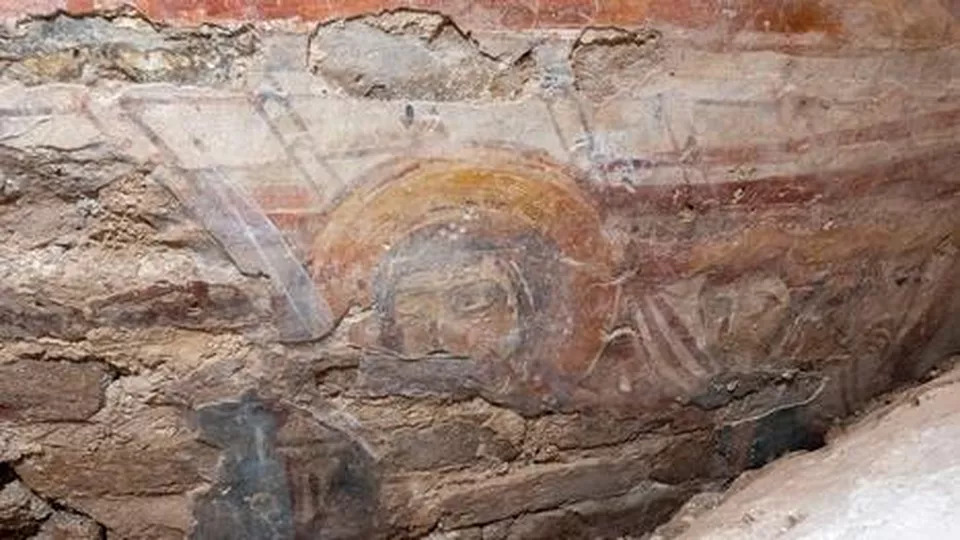Lagoon
-
Lazzaretto Vecchio
Lazzaretto Vecchio was the first stable hospital and quarantine station for the bubonic plague in the world, founded in 1423 by the Republic of Venice.
-
A Chronology of Lazzaretto Vecchio
Lazzaretto Vecchio was the first stable hospital and quarantine station for the bubonic plague in the world, founded in 1423 by the Republic of Venice.
-
A Chronology of the Black Plague in Venice
The black plague ravaged Venice for centuries, from the mid 1300s to the late 1700s. This is a chronology of some of the most important events.
-
Ne Fodias – Do not disturb!
In 1793 a ship from Nauplia in Greece brought cheese and the black plague to Venice. Twelve persons died.
-
The Certosa island
The Certosa island has a rich history of over a millennium, even if it is far from obvious for the visitors nowadays.
-
The Bones of Santa Claus
Santa Claus is dead, and his bones are buried on both Bari and Venice. Most of him rests in Bari in Puglia, the rest in Venice on the Lido.
-
Venice without the crowds
Venice is normally a crowded place, and that is how most people know it. What most people don’t realise, however, is that important elements of Venice and its history are actually outside the city, in the surrounding lagoon.
-
The Black Plague
Europe witnessed repeated outbreaks of the black plague – or the bubonic plague – from the 14th until the 17th century.
-
‘New’ frescoes in the Torcello basilica
Recently discovered frescoes in the church of Torcello, former seat of the bishop, attest the close connections early Venice had to the Caroligian empire.



